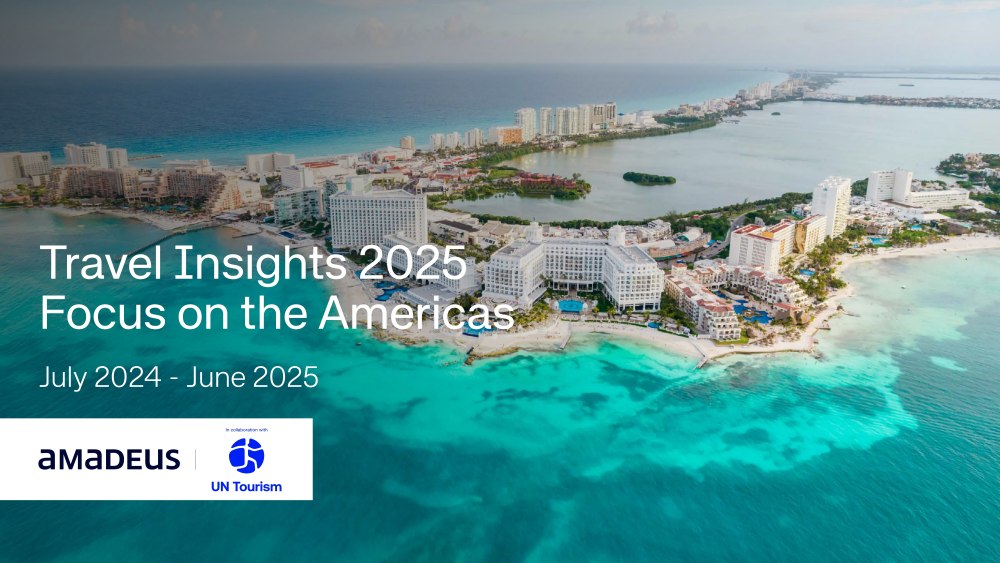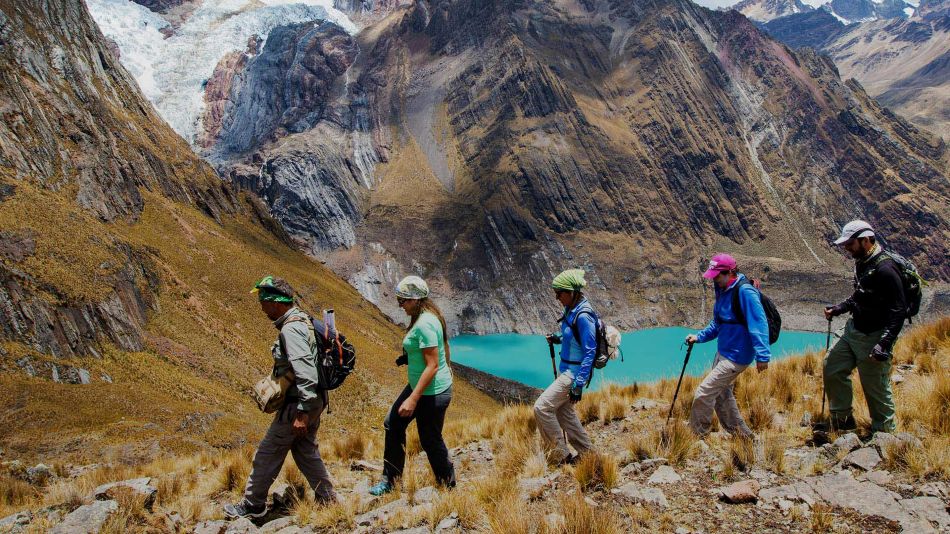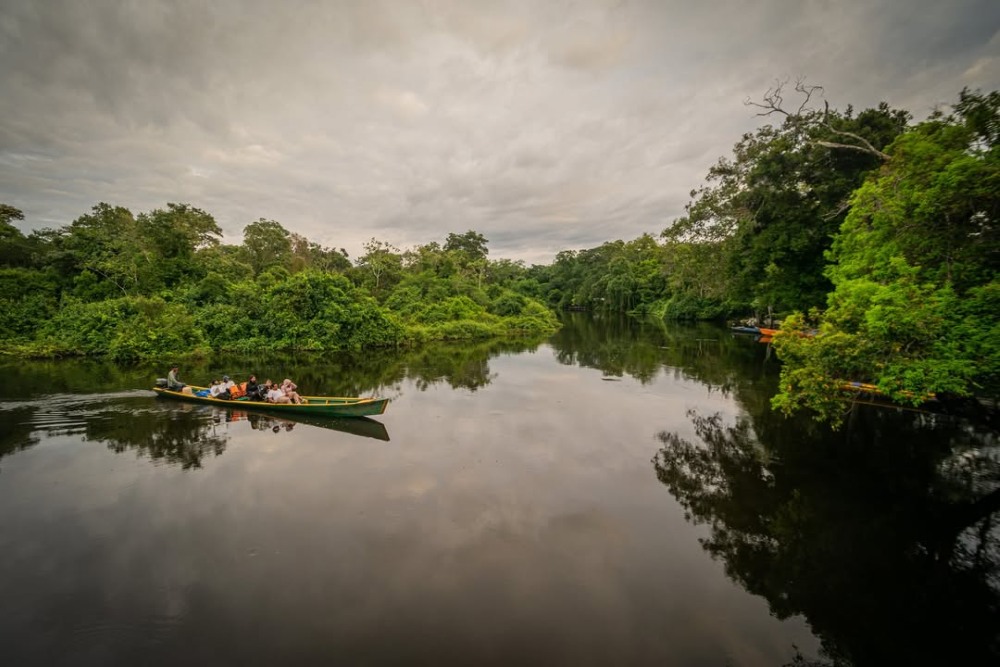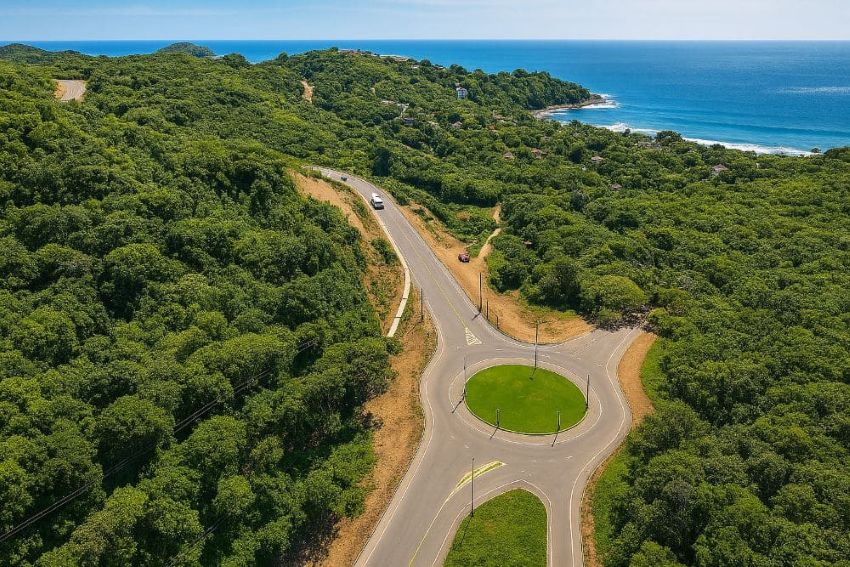Latin America continues to chart its path on the global tourism map. The new Travel Insights 2025 report, published by Amadeus in collaboration with UN Tourism, reveals a clear trend: the region is no longer just catching up after the pandemic — it is now attracting a steadily growing number of international travelers.
Supported by expanding air connectivity and a renewed interest in its destinations, Latin America is establishing itself as a key region in medium- and long-term travel plans.
Recovery and air expansion: signs of confidence
Between July 2024 and June 2025, the number of international passengers traveling to South America increased by 5.9%.
More and more travelers are choosing destinations such as Brazil, Argentina and Peru for their holidays or business trips. Cities like Florianópolis and Rio de Janeiro are recording a sharp rise in bookings, reflecting a renewed sense of dynamism.
Central America follows the same trend, with air traffic up 3.1%. This growth is reflected in more flights and greater interest in countries like Costa Rica, Panama and El Salvador.
This recovery is supported by renewed airline confidence: 324 new routes have been opened in South America, 36 in Central America and 177 in the Caribbean — confirming that the region is attracting both travelers and air transport players alike.
New source markets: Asia takes the stage
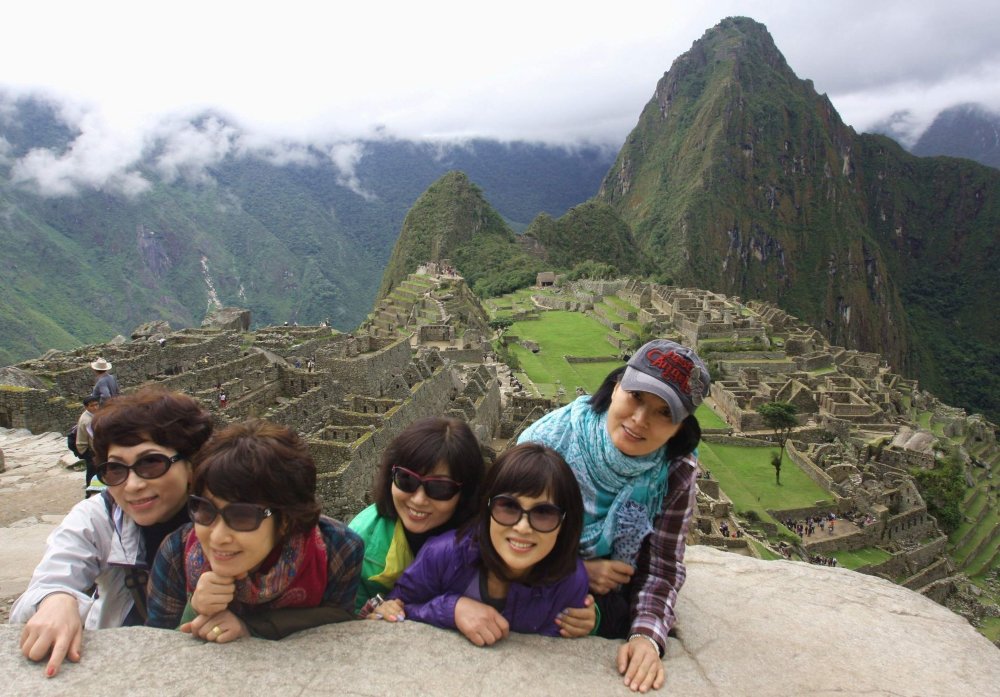
While the United States and Canada remain the main source markets for Latin America, the report shows a clear diversification of origins.
The most striking example is China: travel searches to the region have risen by 311%, and confirmed bookings by 30%.
An increasing number of Chinese travelers are no longer just researching trips — they are making them happen.
Japan and South Korea show a similar evolution. Destinations such as Peru, Chile and Colombia are attracting growing interest from these markets, representing an opportunity to develop new traveler profiles and adapt offerings to Asian expectations.
Destinations on the rise: beyond the classics
The report highlights several emerging destinations in Latin America.
In South America, the combination of nature, favorable climate and strengthened tourism offerings has helped Florianópolis (Brazil) and San Carlos de Bariloche (Argentina) position themselves as attractive alternatives to major capitals.
In Central America, Quepos and Drake Bay (Costa Rica), known for their biodiversity and proximity to national parks, appeal to travelers seeking sustainable outdoor experiences.
Traveler profile: anticipation and maturity
The most active age group in bookings is 46–65 years old, especially for destinations such as Bogotá, Buenos Aires and San Salvador.
Most travelers book between 15 and 180 days in advance — a sign of thoughtful planning and confidence in their travel projects.
Our article: San Salvador, the Raw Energy of an Overlooked Capital
These trends confirm that Latin America has entered a new phase of tourism growth.
For tourism professionals, this is an opportunity to seize: design products tailored to more diverse audiences, strengthen the promotion of emerging destinations, and build a lasting presence in a global dynamic where Latin America is gaining influence.
Photos: Andina | Amadeus

